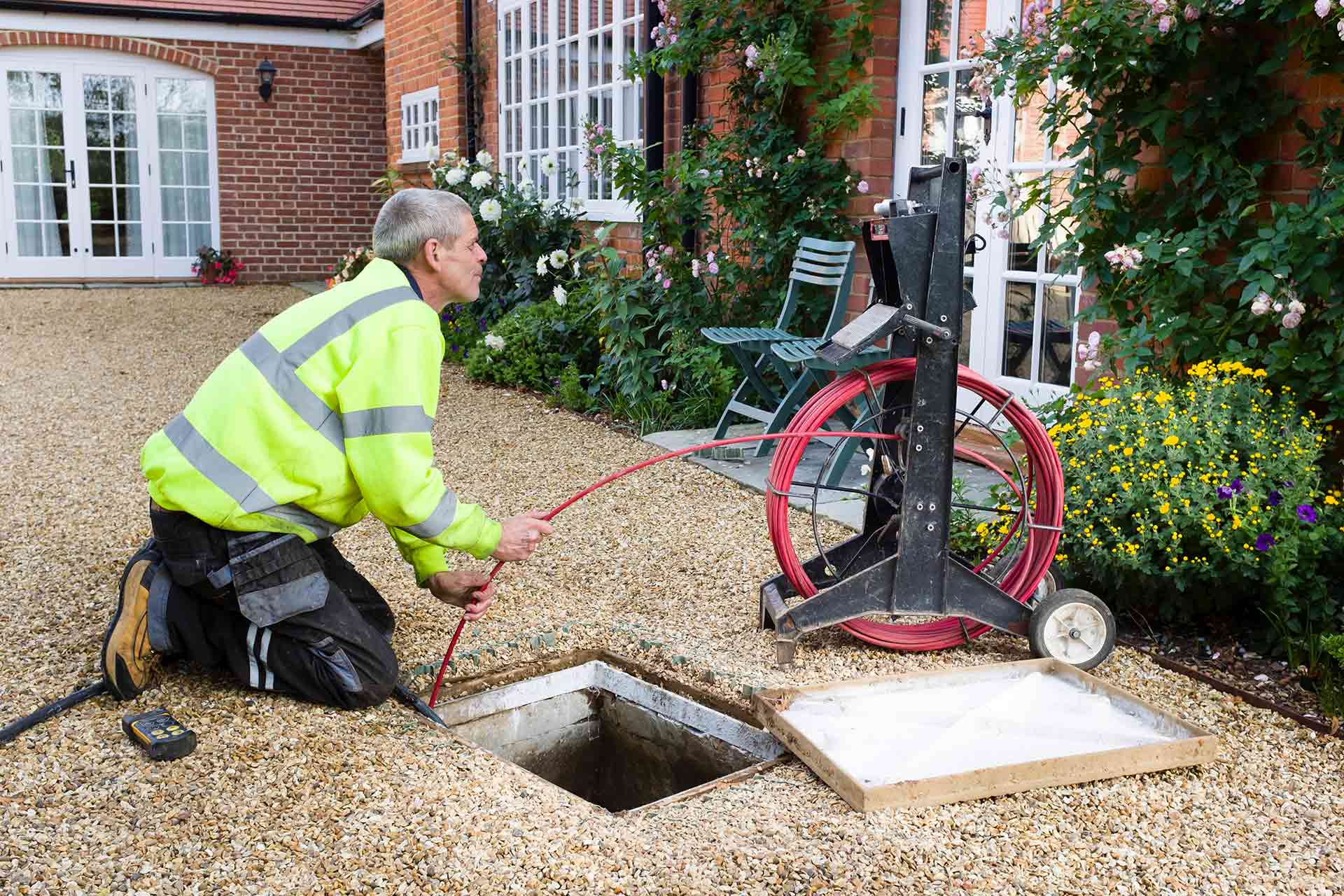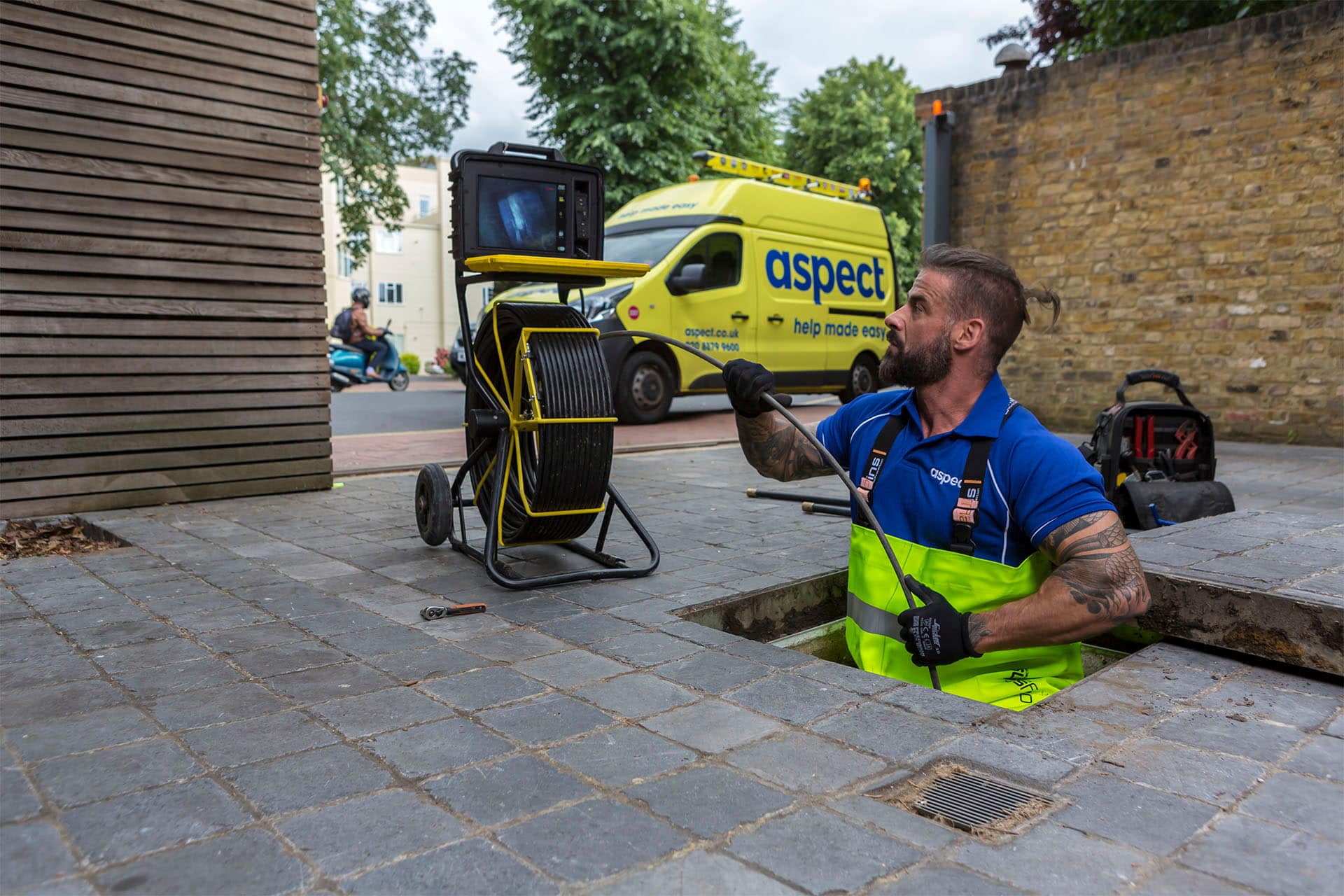How to Fix a Blocked Drain Before Contacting Plumbing Experts
How to Fix a Blocked Drain Before Contacting Plumbing Experts
Blog Article
How do you really feel with regards to Some easy tips to fix blocked drains?

Introduction
Taking care of an obstructed drain can be a discouraging experience, interfering with daily activities and possibly causing damage to your residential or commercial property. However, prior to connecting to pipes specialists, there are steps you can take to resolve the concern on your own. In this guide, we'll check out do it yourself options and preventive measures to take on a blocked drainpipe efficiently.
Recognizing the Concern
The very first step in attending to an obstructed drainpipe is acknowledging the indications. Slow-moving water drainage, gurgling audios, foul odors emanating from drains pipes, or water backing up prevail signs of a blocked drain. Identifying these indications early can help prevent additionally difficulties.
Choosing the Right Plumbing Solution
When selecting a plumbing solution, think about factors such as experience, licensing, and client evaluations. Pick a trustworthy plumber with a track record of quality handiwork and transparent prices methods.
Price Considerations
The cost of professional drain cleaning company can differ depending upon the seriousness of the clog and the plumber's rates. Demand quotes from numerous carriers and ask about any service charges to ensure transparency and prevent shocks.
Safety Precautions
When trying DIY drainpipe cleaning, focus on safety and security. Wear safety gloves and glasses to prevent contact with unsafe chemicals or germs. Never mix different drainpipe cleansing products, as this can create unsafe fumes.
Situation Researches
Real-life instances highlight the efficiency of do it yourself solutions and the importance of prompt specialist treatment in resolving drainpipe obstructions.
Usual Root Causes Of Obstructed Drains
Understanding the factors that add to drain pipes blockages is necessary for efficient resolution. Usual perpetrators include hair, soap scum, oil, food particles, and international items like sanitary items or paper towels. Tree roots attacking underground pipelines can also create considerable obstructions.
DIY Solutions
For small obstructions, numerous DIY solutions can be reliable. Putting boiling water down the drainpipe can assist dissolve grease and particles. Baking soda and vinegar or a mixture of salt and cooking soda can work as all-natural cleaners. Utilizing a plunger or plumbing serpent to displace blockages is another alternative.
Devices and Tools
Having the right devices on hand can make DIY drain cleaning a lot more reliable. A bettor is a functional tool for removing blockages in sinks, toilets, and showers. A pipes serpent or auger can get to much deeper blockages, while drainpipe cleansing chemicals can be used meticulously for persistent obstructions.
Safety nets
To stay clear of future blockages, adopting preventive measures is crucial. Set up drainpipe guards or strainers to capture hair and debris prior to they enter the pipelines. Consistently flush drains with hot water to liquify oil buildup, and stay clear of disposing of grease or solid waste down the tubes.
When to Call a Professional
While do it yourself services can deal with minor blockages, particular indications indicate the need for professional support. Persistent obstructions, foul odors in spite of cleansing initiatives, or several drains backing up at the same time are warnings that necessitate skilled intervention.
Final thought
By complying with the tips detailed in this guide, you can effectively take on obstructed drains and avoid future pipes concerns. Whether choosing DIY options or looking for professional aid, timely action is essential to keeping a healthy pipes system and preserving the integrity of your home.
How to Clear a Clogged Drain Yourself (And When to Call In the Professionals)
What Can Clog a Drain
Dirt Skin flakes Hair Grease Soap scum Food Offset pipes Tree roots Small objects Mineral buildup DIY Tricks to Unclog a Drain
You can fix this! Once you have identified the source of the clog (or have a vague idea), you can try one or a combination of these fixes in order to clear your plumbing.
Wire Hanger or Snake
Untangle and clear out hair from a drainpipe with a homemade snake. Use a straightened-out wire hanger with a 90-degree angle hook to locate the clog and drag out any unwanted material.
Remember not to push the clog further down to where the wire hanger cannot reach! If you need to follow up with a plunger, give it a try. Your efforts might be more successful after it’s been wire-snaked.
If you want to get fancy and don’t have a wire hanger to spare, head to the store and pick up a hand-operated drain snake. You can get one for $10-$30. It may save you the hassle, and provide additional length to reach deep into the clogged pipe.
Plunger
A cup plunger has a suction cup attached to a wooden handle. The rubber creates a seal around the drain, and increases the pressure force of the plunger.
Plunge for 30-second increments to loosen the clog. This may need to be repeated over the course of 15-20 minutes. Once plunged, run the water to flush the remaining material out of the drain.
Remember– never use a plunger if you have used a chemical drain cleaner. These chemicals can splash up from the force of the plunger and cause serious injury or burns.
Boiling Water
Hot water can sometimes break up materials into a flushable amount. Dirt, grease, and soap buildup requires heat in order to unstick from surfaces.
Take your kitchen kettle and heat your water to a boil. Once it reaches a rolling boil, pour it directly down the drain into the blockage. Carefully follow with plunging, if necessary.
Don’t worry if this takes more than one try! It can often take multiple kettles and repeated plunging in order to clear a particularly stubborn clog.
Chemical Drain Cleaner
As a last resort, pick up a bottle of chemical drain cleaner. Drain-cleaning chemicals are potent, and not very good for the environment.
You may need to wear protective eyewear in gloves before handling your bottle of chemical drain cleaner. Follow the instructions printed on the bottle, and flush with water as soon as the instructions allow. Do not follow with plunging.
Baking Soda and Vinegar
As a safer alternative to chemical drain cleaner, baking soda and vinegar can create a chemical reaction that clears tough clogs.
Combine one cup of cleaning vinegar with one cup of boiling water, and set aside. Once you have done this, pour half a cup of baking soda down the drain. Give the baking thirty seconds to settle and cover a large portion of the problem drain.
Following the baking soda, pour down your vinegar and hot water solution. Once the vinegar and baking soda combine, the mixture will bubble and fix. Let this reaction fizzle in the drain for about an hour.
After an hour, follow with a kettle’s worth of hot water. The heat and liquid should flush out any remaining material.
When to Call a Plumber
If your DIY attempts haven’t cleared your clog drain, it’s time to call in a professional. It’s not worth losing access to your kitchen sink or high-traffic bathroom. A clog in a vital area can keep you from the things you’d rather be doing, and derail your routine.
Anytime a clog is causing water to spread is a time to call in a plumbing service. What starts out as a little bit of water can quickly grow into serious, expensive water damage.
Additionally, a serious clog can result in burst pipes or serious leaks. Make sure you know when to take it seriously!
https://myguysnow.com/how-to-clear-a-clogged-drain-yourself-and-when-to-call-in-the-professionals/

We had been shown that report on 8 Tips For Clearing A Blocked Drain from an acquaintance on another web address. Don't hesitate to set aside a second to share this write-up if you liked it. Thanks for your time spent reading it.
Call Today Report this page